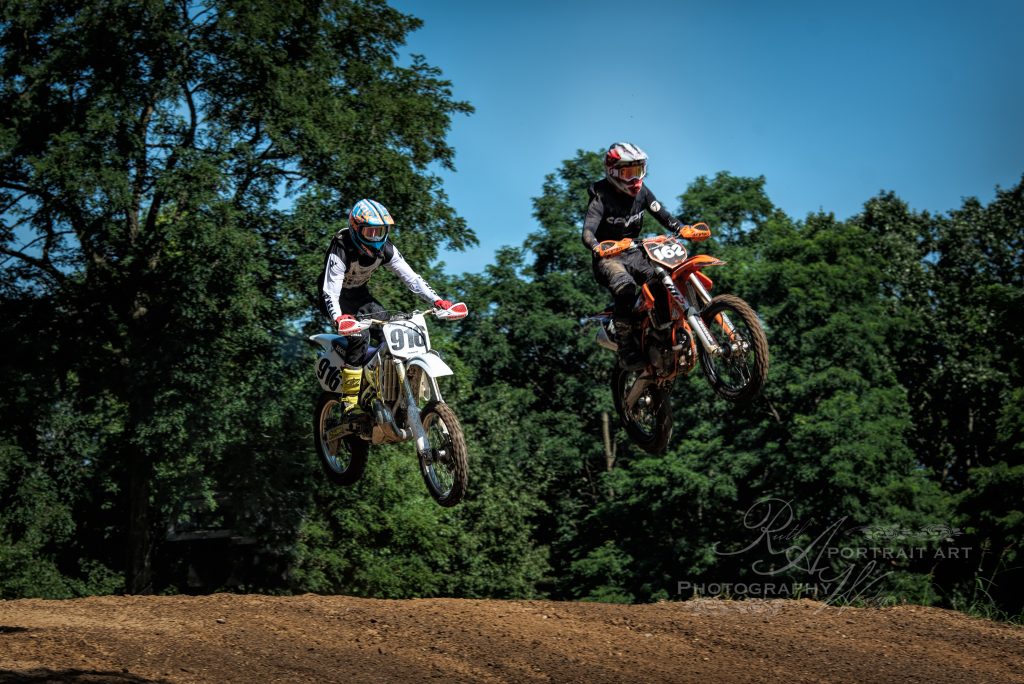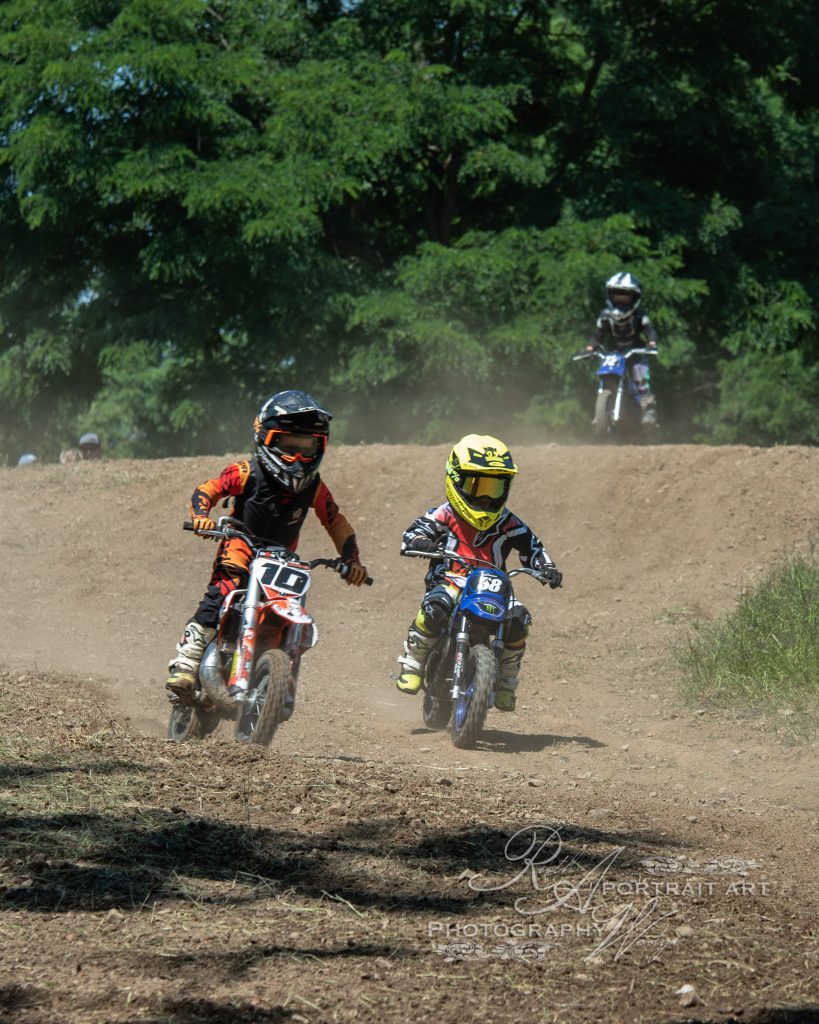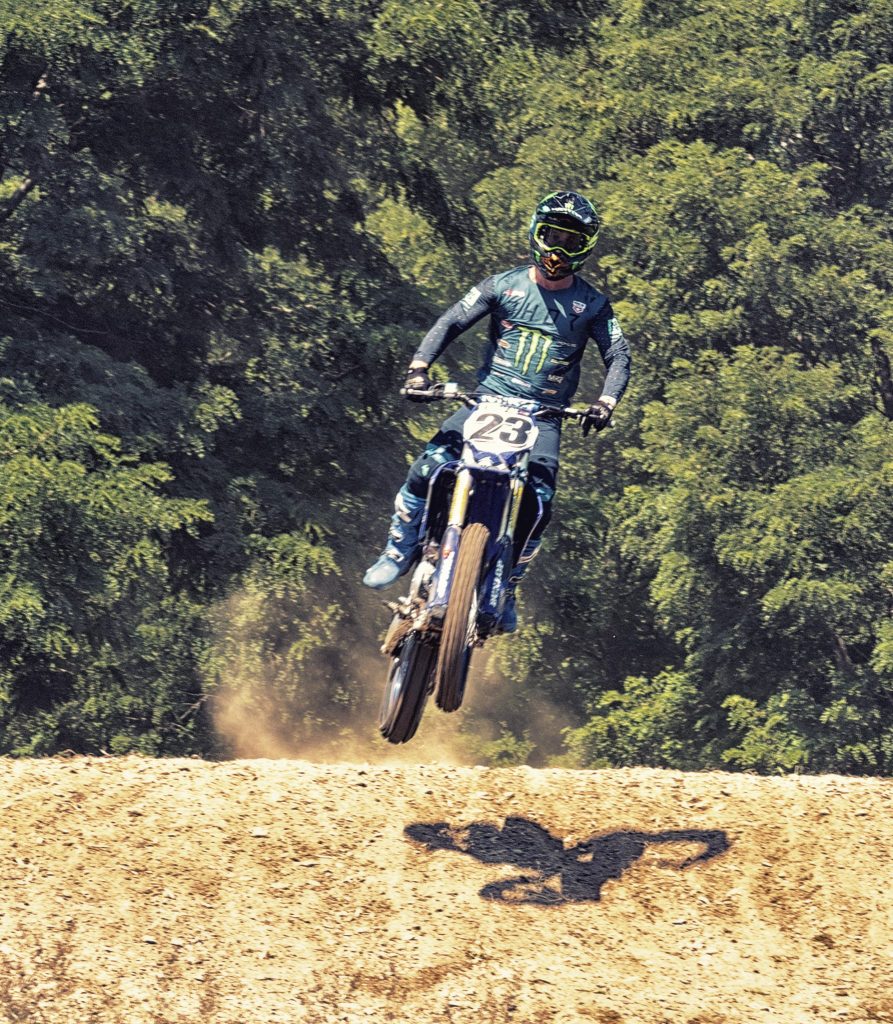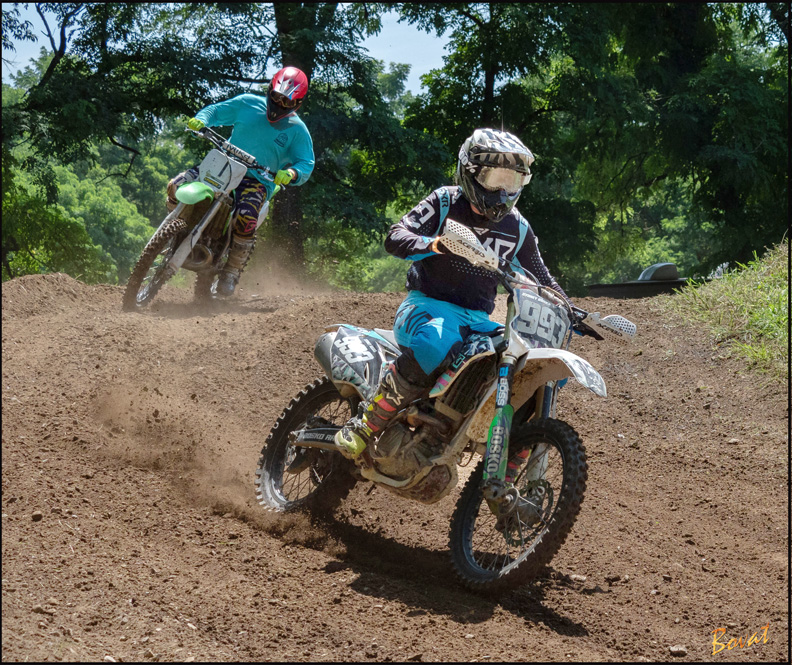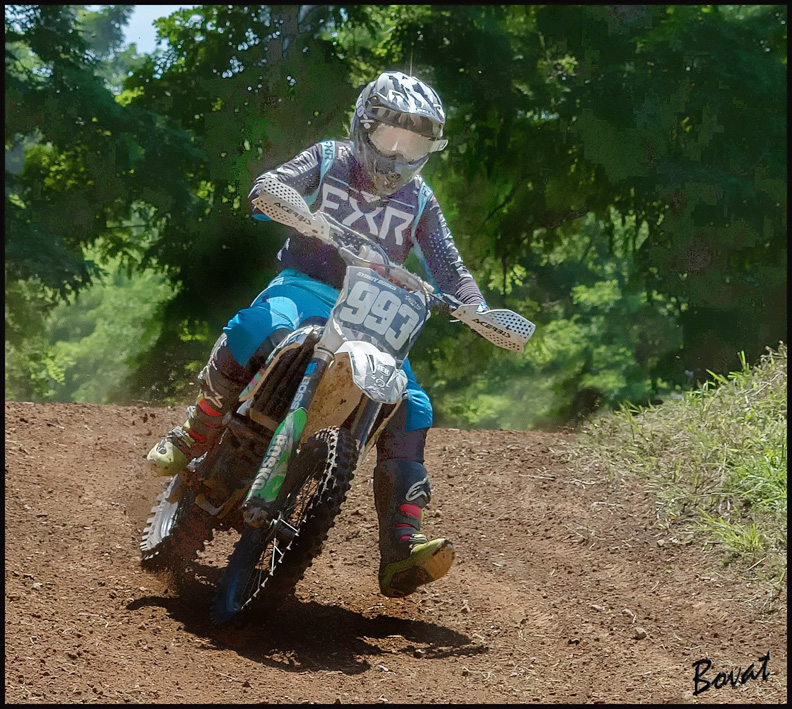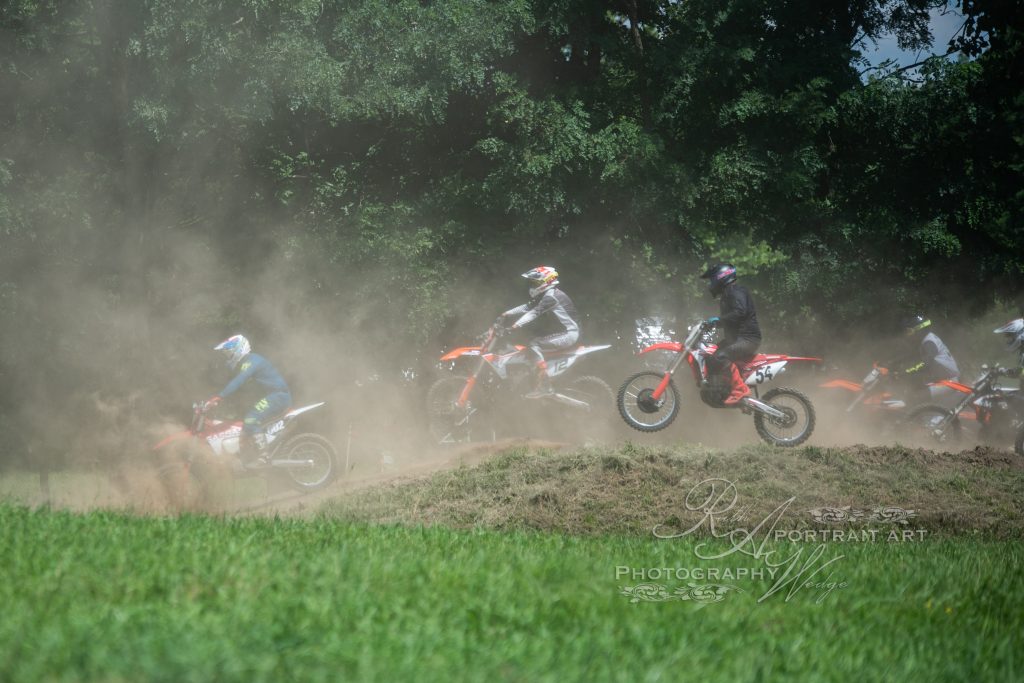On August 6th, Capital Champlain members set out to “freeze the action” on a field trip to the Dirt Bike Races at Claverack Moto Cross.
Where is Claverack Moto Cross?
Claverack MX Family Motocross serves as a haven for adrenaline junkies and motocross enthusiasts of all ages. Situated in the picturesque landscape of Claverack, New York, the track unfolds over challenging terrains that include steep hills, sharp turns, and a mix of dirt and mud, adding layers of complexity and excitement to the riding experience.
A hub for local competitions and amateur riders alike, it offers various classes and training programs catering to different skill levels. Safety is a priority, with well-maintained tracks and professional supervision ensuring a secure environment for riders to push their boundaries. Known for its community vibe and friendly atmosphere, the facility offers not just a racetrack, but a space for families and friends to gather, cheer, and share in the sheer thrill of motocross.
How To Freeze Motion In Photography
Photography isn’t just about capturing beauty; it’s about capturing a moment. If you’ve ever attempted to photograph a hummingbird mid-flight or a basketball player right at the slam dunk, you’ll know that these fleeting instants can be tricky to capture. But fear not. Freezing motion in your photos is less about luck and more about technique, timing, and the right equipment.
Understanding Shutter Speed
The cornerstone of freezing motion is your camera’s shutter speed. This setting dictates how long your camera’s sensor is exposed to light. In fast-paced situations, a high shutter speed—typically 1/500s, 1/1000s, or even faster—is your best friend. At these speeds, your camera sensor is exposed to light for a tiny fraction of a second, rendering moving subjects as though they were standing still.
Appropriate Lighting Conditions
A fast shutter speed will let in less light, so you’ll need to make sure there’s enough ambient light to prevent underexposure. Natural daylight usually works well, but in low-light scenarios, you may have to compromise with a wider aperture or a higher ISO setting. If you’re shooting indoors or at night, consider adding artificial lights to brighten the scene.
Lens Considerations
When you’re in the market for a lens, look at the maximum aperture size (measured in f-stops like f/1.4, f/2.0, etc.). A lens with a larger maximum aperture will let in more light, allowing you to maintain a fast shutter speed without making too many sacrifices on the ISO or lighting front.
Mastering the Burst Mode
Modern digital cameras often come with a burst or continuous shooting mode. This feature allows you to take multiple shots in rapid succession by holding down the shutter button. It significantly increases your chances of getting that perfect, motion-frozen frame within a series of shots.
Anticipate the Action
Preparation is crucial when your subject is moving quickly. If possible, observe the scene beforehand and anticipate where the action is likely to take place. Knowing where your subject will be can help you compose your shot in advance, so all you have to do is click the shutter at the right moment.
Tripod or No Tripod?
For many types of photography, tripods are essential for eliminating camera shake. However, when you’re dealing with fast-moving subjects, you often need the flexibility to move and adjust your framing quickly. A tripod can be more hindrance than help in such scenarios. If you do opt for handheld shooting, ensure that your shutter speed is fast enough to eliminate any motion blur caused by your own movements.
Autofocus Settings
Many cameras have autofocus settings designed for capturing movement. Features like ‘AF-C’ (Nikon) or ‘AI Servo’ (Canon) continuously adjust the focus as your subject moves. Make sure you delve into your camera’s autofocus options to leverage these capabilities fully.
Post-Processing
Even with the best planning, you may still find your shot needs a little polish in post-production. Software like Adobe Lightroom and Photoshop offer ways to sharpen images and adjust exposure levels, making your frozen moment even more impactful.
Experiment and Learn
The unpredictability of motion offers both a challenge and an opportunity for creativity. Don’t be afraid to experiment with different shutter speeds, angles, and lighting conditions. Each time you press the shutter button, you’re not just taking a photo—you’re honing your skills.
So grab your camera and venture into the dynamic world of motion photography. With practice, the right techniques, and a little anticipation, you’ll soon be capturing moments that last a lifetime, one frozen frame at a time.
Claverack Moto Cross Images
Here are some of the images taken that day by our members who attended.






